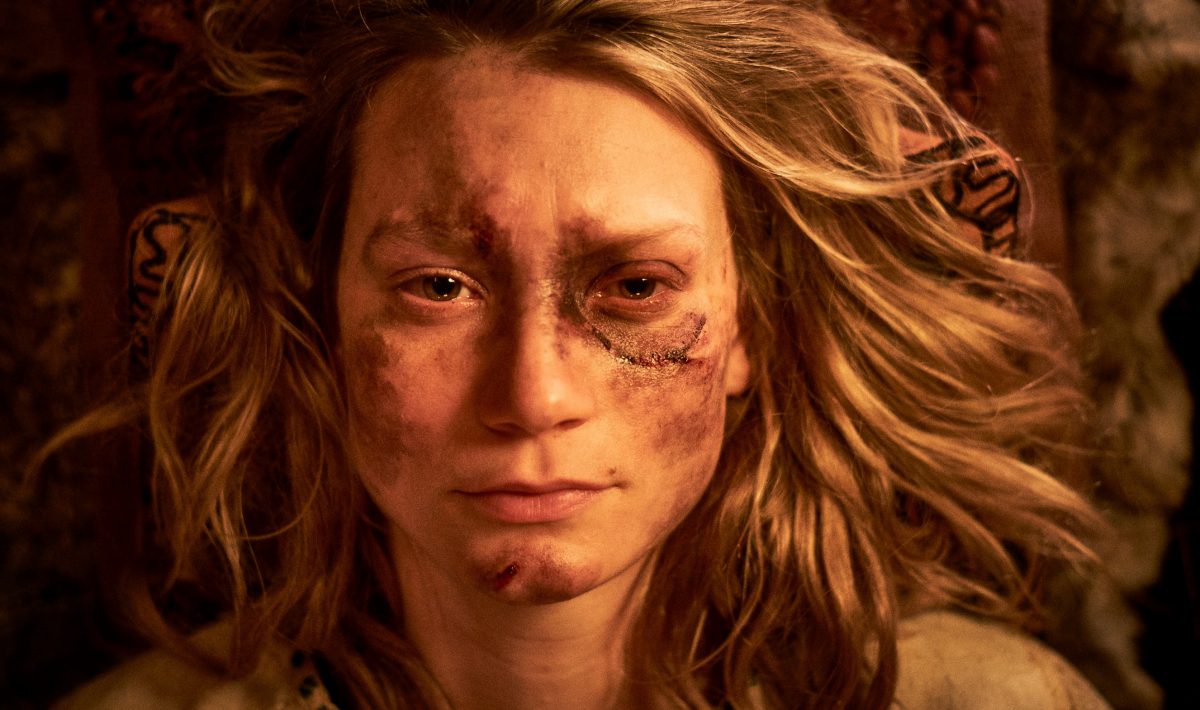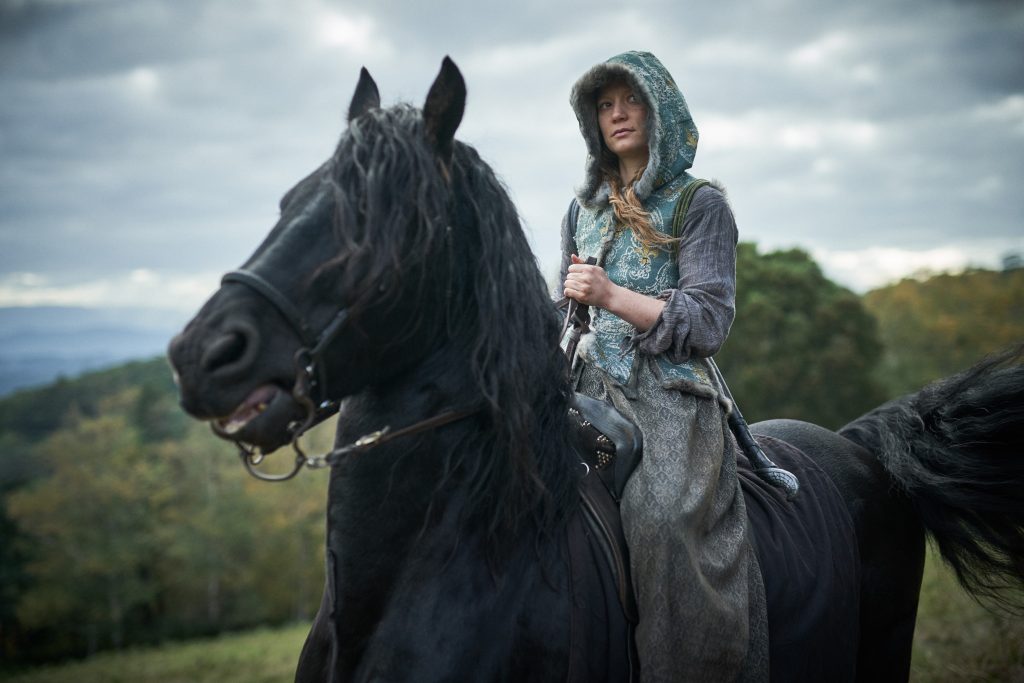It seems that Western society is in urgent need of educational, simple stories that would teach what seems obvious to some – tolerance, acceptance and how to connect with the Other. Judy and Punch from Australian creator Mirrah Foulkes is such a film. The story in the form of a parable can be perceived as a derivative of exploitation cinema – maybe not rape, but definitely revenge. This is a solid fairy tale – a story not afraid of deconstructing violence and important universal topics.
Undoubtedly, this is a film not only with a feminist message, but also with a strong voice of opposition to violent forms of exclusion. Foulkes takes a closer look on the traditional British puppet show full of violence against women. 17th century. Married puppeteer couple, Judy (Mia Wasikowska) and Punch (Damon Herriman), whose fame passed with the advent of alcohol, which Punch began to use excessively, lives in a small, highly conservative town – Seaside – and makes money off the puppet shows, counting on the appearance of critics and return to the favors of larger audiences.
Their performance is an one-to-one reflection of a society in which they have to function. Puppets not only bear the names of their puppeteers, but they are also a reflection of the real relationship between the characters and the announcement of what will happen on the screen. One should expect male-centered, humor-flavored violence, fear-driven town and very clearly outlined (and even exaggerated) characters.
Next to the conservative town, there is a refugee camp hidden in a dark forest, in which those who do not fall within the city norms find shelter – women accused of witchcraft, people with a different sexual orientation or appearance. This is where the impulse for setting things up in Seaside will come from.
One can argue that the bold use of stereotypes and building the film on the sharp contrast between the conservative and emancipated communities does not, by chance, consolidate those stereotypes with which the director would like to ideologically fight. Fortunately, the Australian artist once in a while breaks this tired formulas. In such a simple narrative, Foulkes manages to find a place for more colors than just black and white.
For example, Judy is undergoing a transformation from a second-wave feminist who, though partly liberated by creative work and art, has been tied up by becoming a housewife and mother. She will live a transformation into an emancipated individual – and the viewer’s attention will focus on it, giving us an important life lesson. The otherness of those who are outside the town could be blatant, but simple suggestions are enough to alleviate the stereotype: one of the women has masculinized, androgynous features, but despite her hard character, she can be sensitive to her daughter, and also reads books. When the first impression passes, it turns out that the town is not so monochromatic too – the sensitive police officer who decorates the guardhouse in his spare time breaks the town’s masculinism.
Although for the European viewer, the simplicity of Judy and Punch may be excessive, one should be aware of the parablolic, moralizing narrative in which such border crossings are common. It remains only to wish the film effectiveness to reach not only those who do not need to be convinced.







